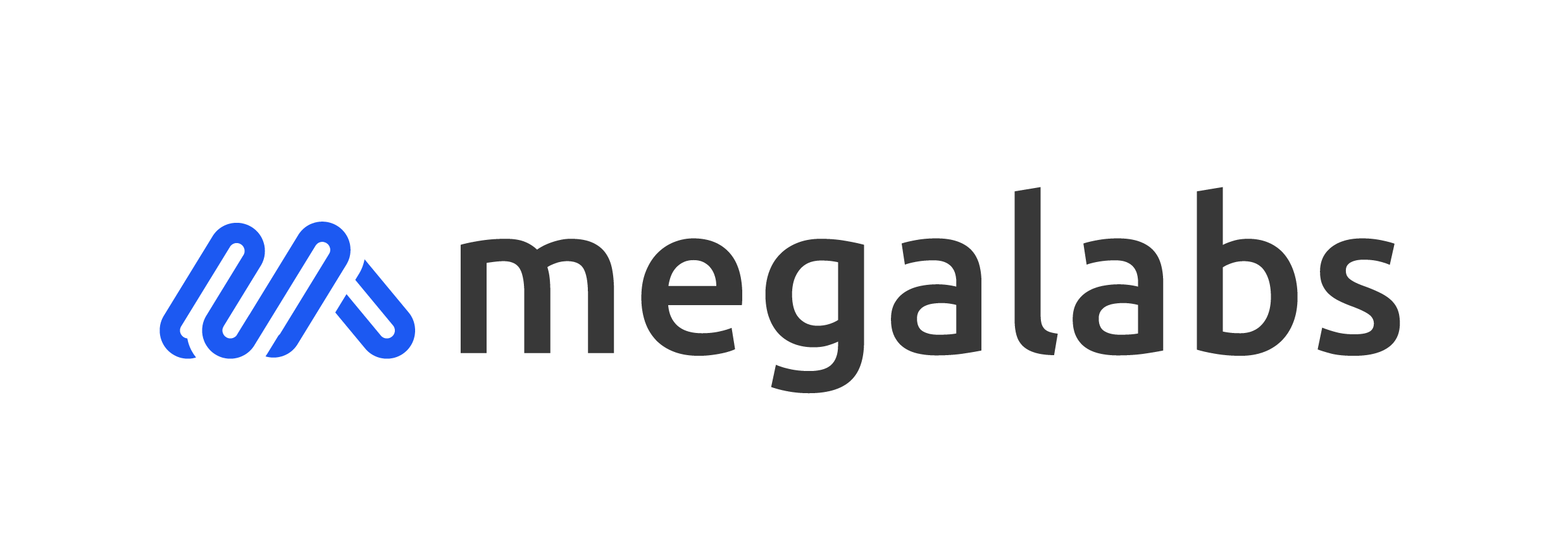


AI in Health
One of the major advantages of AI in healthcare is its ability to automate administrative tasks, which account for 30% of healthcare costs. These tasks can be time-consuming and often result in errors, which can negatively impact patient care. AI can automate these tasks with speed and accuracy, freeing up time and resources for healthcare providers to focus on delivering patient care.
AI also has the ability to analyze large data sets, making it possible to gain valuable patient insights. This information can be used to predict future health outcomes and improve patient care. With the ability to quickly obtain patient insights, the healthcare ecosystem can discover critical areas of patient care that require improvement and make necessary changes to deliver the best possible care.
In addition to the benefits mentioned above, AI can also be used in various other areas of healthcare, including Optical Character Recognition (OCR), automatic recognition of text from images, automatic plate recognition, abnormality detection, human movement analysis, and analysis of videos for security purposes.


Benefits


Use of AI in Health

Case study
Problem: The healthcare organization was facing challenges in accurately diagnosing patients and determining the most effective treatment plans. The manual process was time-consuming and often resulted in misdiagnoses and ineffective treatments.
Solution: The healthcare organization partnered with our AI consultancy company to implement an AI-powered diagnostic system. The system used machine learning algorithms to analyze patient data, including symptoms, medical history, and lab results, to provide accurate and personalized diagnoses and treatment plans.
Result: The implementation of the AI-powered diagnostic system resulted in a significant improvement in the accuracy of diagnoses and treatment plans. The system was able to provide diagnoses in real-time, reducing the wait time for patients and improving patient satisfaction. Additionally, the system reduced the workload for healthcare professionals, allowing them to focus on other important tasks.

